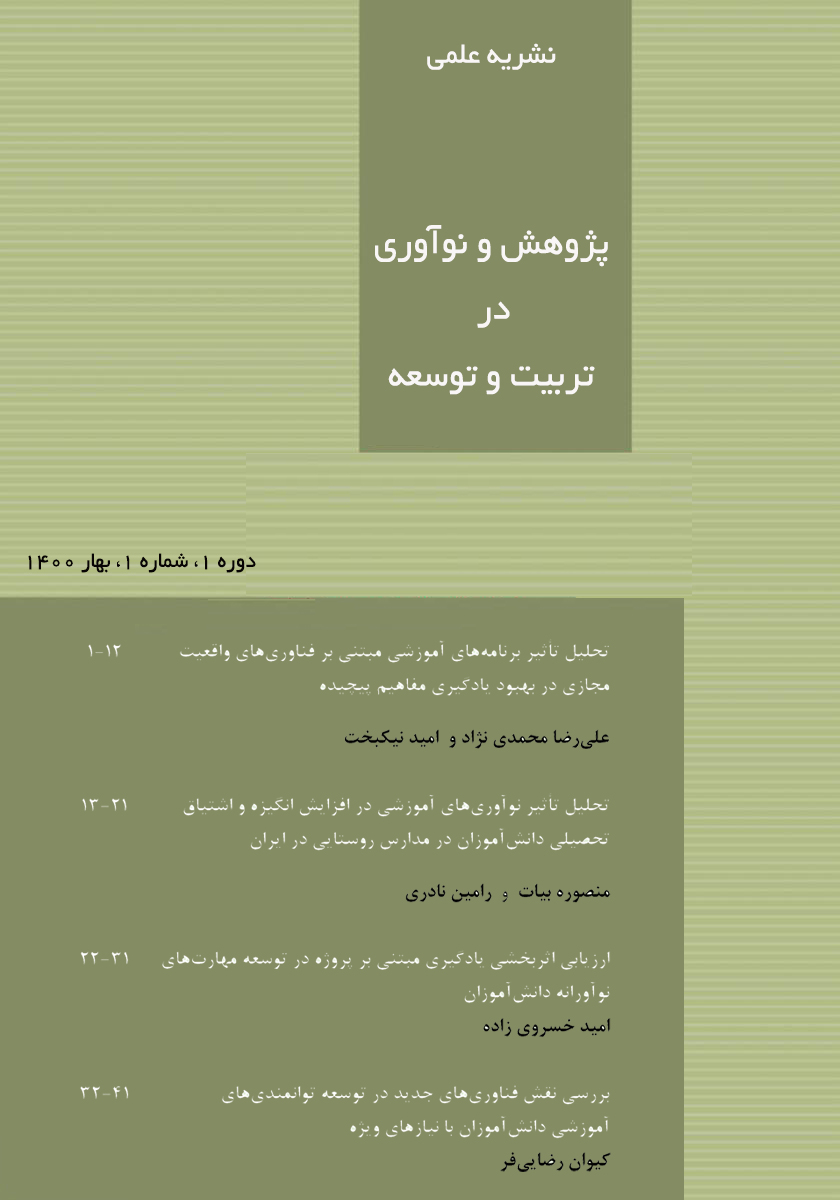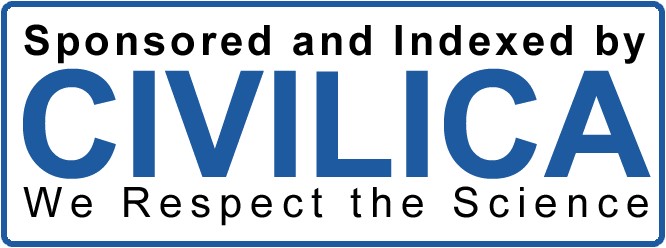Providing an Educational Service Quality Model with a Human Resource Approach in Iraqi Public Universities Using a Grounded Theory Approach
Keywords:
Educational service quality model, Public universities, Country Iraq , Family SixtyAbstract
Universities must adhere to the principles of educational quality in order to serve society and bring about significant improvements in countries. Therefore, the aim of this study is to present an educational service quality model in Iraq’s public universities. To this end, an interpretive philosophy, a qualitative approach, a grounded theory strategy with an emergent approach, and thematic analysis using Glaser’s coding method (Glaser, 1978) were employed. The study population comprised experts at Iraq’s public universities. The qualitative pool of this research included managers and experts from selected universities who possessed theoretical and practical knowledge on the subject under investigation, had sufficient command of service quality processes, and had experienced them in various departments. The sample consisted of 21 individuals who had at least eight years of relevant work experience and full awareness of educational service quality processes. Theoretical sampling was used for sample selection. Trustworthiness (validity and reliability) of the findings was established through Guba and Lincoln’s (1989) four criteria, namely credibility, transferability, dependability, and confirmability. For coding, real and theoretical coding stages were employed. For theoretical coding, Glaser’s “six Cs” family (Glaser, 1978) was used. Accordingly, the causal factors creating educational service quality included human resource management, improvement and development management, financial management, leadership, compensation, goal-orientation, trust, environment, and behavioral factors. The correlational factors included knowledge, cooperation, staff training, long-term planning, quality orientation, and regulations. The intervening conditions included team orientation, evaluation, motivation, communication, support, elite development, value creation, productivity, facilitators, and science orientation. The moderating factors included enrichment, culture and climate, empathy, continuous improvement, transparency, and justice. Outcomes included improvement, development, creation, and innovation. The results showed that implementing the components of this model could elevate Iraqi public universities to higher levels of educational quality, leading to better future progress in universities and advancing the society’s scientific standing.
Downloads
References
Bezi A, Fakoori H, Bayani AA, Saemi H. Design and Validation of an Environmental Education Curriculum Model for Higher Education Based on the "Aker" Approach. Iranian Journal of Educational Sociology. 2024;7(1):79-90. doi: 10.61838/kman.ijes.7.1.8.
Rukhiran M, Wong-In S, Netinant P. IoT-Based Biometric Recognition Systems in Education for Identity Verification Services: Quality Assessment Approach. Ieee Access. 2023;11:22767-87. doi: 10.1109/access.2023.3253024.
Miller S, Parker L. Quality and evaluation challenges in higher education online learning: A systematic review. Journal of Educational Technology Systems. 2024;53(1):1-16. doi: 10.1177/00472395211013745.
Marzuki SN, Muljan M, Haslinda H, Affandi L. Soft Skill and Hard Skill Development Model in Improving the Quality of Human Resources in the Higher Education Environment. QALAMUNA: Jurnal Pendidikan, Sosial, dan Agama. 2024;16(1):571-82. doi: 10.37680/qalamuna.v16i1.5070.
Mahardhani AJ. The Role of Public Administration in Improving the Quality of Education Services in Primary Schools. Indo-Mathedu Intellectuals Journal. 2023;4(2):1370-81. doi: 10.54373/imeij.v4i2.363.
Mahmoudi M. Assessing the quality of e-learning services using the fuzzy SERVQUAL approach. Higher Education Letter. 2022;15(57):57-86.
Uzair-ul-Hassan M. An Analysis of Fairness and Quality Issues in Online Assessment at Higher Education in Pakistan. Pakistan Journal of Humanities and Social Sciences. 2023;11(4). doi: 10.52131/pjhss.2023.1104.0713.
Tekel E, Su A. Access versus Quality Trade-off: How Citizen-Centered Is the Public Policy Making in the Expansion of the Turkish Higher Education System? Citizen-Centered Public Policy Making in Turkey2023. p. 385-404.
Yousefi M, Jahantab Z, Khadem Rezayan M. Educational service quality in a type 1 medical university based on the SERVQUAL model from the perspective of faculty members of various affiliated schools. Development Strategies in Medical Education. 2021;8(3):1-10. doi: 10.52547/dsme.8.3.1.
El Alfy S, Abukari A. Revisiting perceived service quality in higher education: Uncovering service quality dimensions for postgraduate students. Journal of Marketing for Higher Education. 2020;30(1):1-25. doi: 10.1080/08841241.2019.1648360.
Phonthanukitithaworn C, Wongsaichia S, Naruetharadhol P, Thipsingh S, Senamitr T, Ketkaew C. Managing educational service quality and loyalty of international students: A case of international colleges in Thailand. Cogent Social Sciences. 2022;8(1). doi: 10.1080/23311886.2022.2105929.
Sibai MT, Bay Jr B, Dela Rosa R. Service Quality and Student Satisfaction Using ServQual Model: A Study of a Private Medical College in Saudi Arabia. International Education Studies. 2021;14(6):51-8.
Ramdhani MA, Maylawati DS, Priatna T, Sugilar H. Service Quality Parameters of E-Learning in Higher Education. 2021. doi: 10.2991/assehr.k.210715.030.
Wu H, Lin H. A Hybrid Approach to Develop an Analytical Model for Enhancing the Service Quality of E-learning. Computers & Education. 2021;58(4):1318-38. doi: 10.1016/j.compedu.2011.12.025.
Dai DN, Khoi BH, Lam NH, Van Chuong N, editors. The Relationship Among Education Service Quality, University Reputation and Behavioral Intention in Vietnam. International Econometric Conference of Vietnam; 2019: Springer, Cham.
Satuti JR, Sunaryanto S, Nuris DM. Does Student Satisfaction Mediate the Correlation Between E-Learning Service Quality, Academic Engagement and Academic Achievement? Jabe (Journal of Accounting and Business Education). 2020;5(1):38. doi: 10.26675/jabe.v5i1.12699.
Golabchi H, Kiaee M, Kameli MJ. Designing a Superior Service Delivery Model in Education to Enhance Public Satisfaction. Iranian Journal of Educational Sociology. 2024;7(1):189-97. doi: 10.61838/kman.ijes.7.1.18.
Stribbell H, Duangekanong S. Satisfaction as a key antecedent for word of mouth and an essential mediator for service quality and brand trust in international education. Humanities and Social Sciences Communications. 2022;9(1):438. doi: 10.1057/s41599-022-01459-z.
Ali M, Amir H, Ahmed M. The role of university switching costs, perceived service quality, perceived university image and student satisfaction in shaping student loyalty. Journal of Marketing for Higher Education. 2021:1-22. doi: 10.1080/08841241.2021.1975184.

Downloads
Published
Submitted
Revised
Accepted
Issue
Section
License
Copyright (c) 2025 Journal of Study and Innovation in Education and Development

This work is licensed under a Creative Commons Attribution-NonCommercial 4.0 International License.










